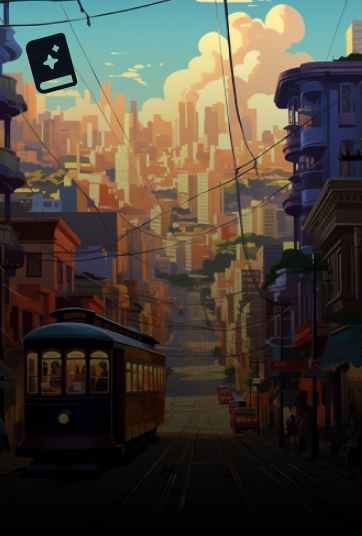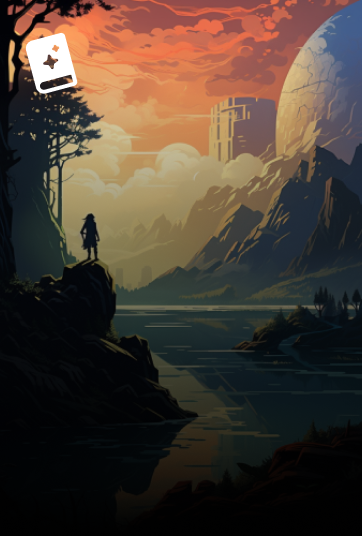

The Word for World is Forest
Ratings77
Average rating4.1
Centuries in the future, Terrans have established a logging colony & military base named “New Tahiti” on a tree-covered planet whose small, green-furred, big-eyed inhabitants have a culture centered on lucid dreaming. Terran greed spirals around native innocence & wisdom, overturning the ancient society.
Humans have learned interstellar travel from the Hainish (the origin-planet of all humanoid races, including Athsheans). Various planets have been expanding independently, but during the novel it’s learned that the League of All Worlds has been formed. News arrives via an ansible, a new discovery. Previously they had been cut off, 27 light years from home.
The story occurs after The Dispossessed, where both the ansible & the League of Worlds are unrealised. Also well before Planet of Exile, where human settlers have learned to coexist. The 24th century has been suggested.
Terran colonists take over the planet locals call Athshe, meaning “forest,” rather than “dirt,” like their home planet Terra. They follow the 19th century model of colonization: felling trees, planting farms, digging mines & enslaving indigenous peoples. The natives are unequipped to comprehend this. They’re a subsistence race who rely on the forests & have no cultural precedent for tyranny, slavery or war. The invaders take their land without resistance until one fatal act sets rebellion in motion & changes the people of both worlds forever.
Series
Featured Series
8 primary books15 released booksHainish Cycle
Hainish Cycle is a 15-book series with 9 primary works first released in 1966 with contributions by Ursula K. Le Guin.
Reviews
Popular Reviews
Reviews with the most likes.
Written when America was embroiled in the Viet Nam war, LeGuin's short novel packs a powerful punch. On a distant planet, Athshe, a human colony is systematically destroying the forests that cover most of the land and shipping the wood back to a barren Earth. The natives, or Creechies as they are referred to, are a branch of humans descended from LeGuin's Hainish civilisation that also colonised Earth millennia ago. Having adapted over time to Athshe's environment they are small and covered in green fur. Thus they are seen as “less than human” and virtually enslaved by the human colonists.
The analogy to not only the Viet Nam war, but all imperialist wars, is implicit: treat the native population as less than human, subjugate, enslave and exterminate. But one Creechie, Selver, does something extraordinary for a society based on dream culture, that sees the dream world and the real world as one - he fights back.
As I said it's a short novel but ends up being very moving with the realisation that Selver's actions have irrevocably changed the inhabitants of Athshe. One of the great SF novels by one of it's greatest practitioners.
I know this is a classic and I agree with its message, but gee, I feel like Le Guin was wielding a bludgeon here. Ouch!
Always a pleasure reading Le Guin and her so accurately described class / power struggles.
Also I wonder how much “Avatar” and George Lucas Ewoks were inspired by this work.
Note: try and get the SF masterwork edition for her introduction to it.

































